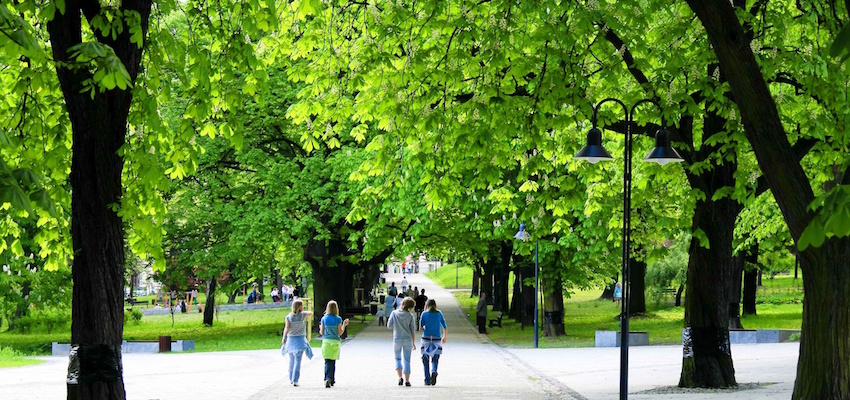The Best and Worst Cities for Women
A new study ranks the best, and worst, cities for women in Canada, basing its ranking on factors such as security, health and economic opportunity. The best place? Victoria, BC. And the most ignominious? Waterloo, Ontario (followed closely by Calgary and Edmonton). [National Post]
Immigrants are Bypassing Cities
New demographic data shows an increasing number of intrepid immigrants are living outside of Canada’s biggest cities. [Globe and Mail]
Are Those Trees Good for You?
A study of 30,000 Toronto residents quantifies just how much living near trees can improve an urban dweller’s health. [Washington Post]
Politics and Pop Culture
An analysis of Facebook Likes shows how your political leanings may predict your favourite movies, books and actors. Most shocking finding? Whether you’re Liberal, Conservative or a Bloc Quebecois voter, you’re partial to Adam Sandler. [CTV News]
The Story Behind that Street Name (in French)
Cool interactive map shows the origin stories of Montreal’s famous (and not so famous) streets. Article in French. [Huffington Post Quebec]
Choose Your Own Adventure — Canadian History Style
This amusing Youtube-based choose-your-own-adventure game released by the Department of Canadian Heritage for Canada’s upcoming 150th birthday is a fun, if light, history lesson about exploration of the Northwest Passage. Some see less fun and more propaganda, however. [Department of Canadian Heritage]
The Draw of the Casino
The story, and map, behind Ontario’s so-called self-excluded gamblers: people with gambling addictions who have volunteered to be arrested if they enter a casino. [Global News]
Immigrant Nation
Which country has the highest percentage of immigrants? Although countries like Canada and the USA certainly justify their reputation as immigrant magnets, it turns out that many small nations have a far higher percentage of foreign-born residents. [Five Thirty Eight]
